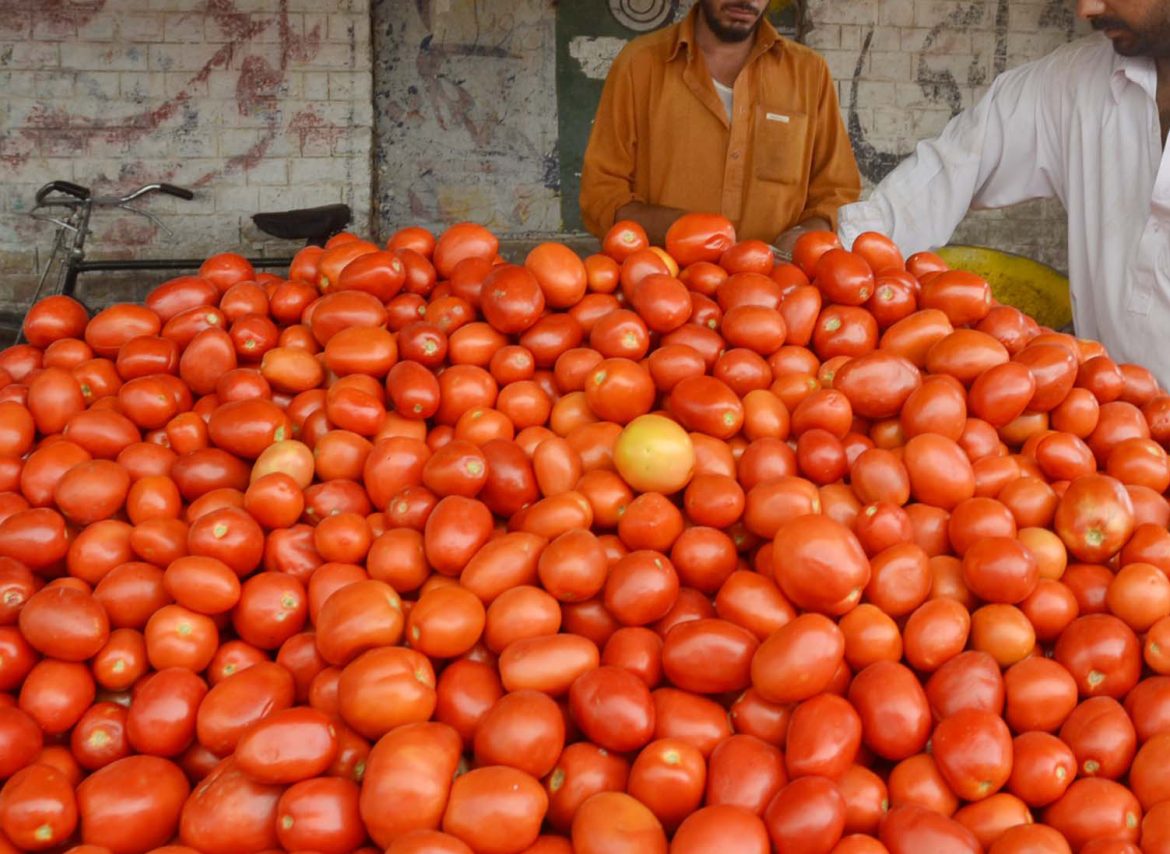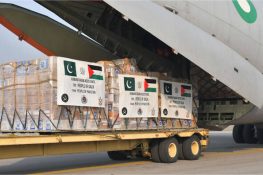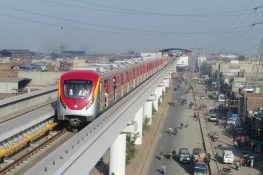Prices Surge Beyond 400 Rupees per Kilo
As reported in News Alert’s latest coverage, tomato prices in Pakistan have skyrocketed to unprecedented levels, reaching as high as 400 rupees per kilogram in several cities. The sharp increase in this everyday staple has caused widespread concern among consumers already grappling with high inflation.
Just a month ago, tomatoes were selling for around 20 rupees per kilogram. Today, they cost nearly 20 times more. In upscale urban markets such as Lahore, Islamabad, and Karachi, prices range between 350 and 400 rupees, depending on quality and availability.
For many households, this surge is unsustainable. “I used to buy tomatoes almost every other day,” said Shazia Ahmed, a homemaker in Karachi. “Now, I can’t afford them. I use yogurt or tamarind instead.”
A Perfect Storm: Floods and Supply Shortages
Experts say the current crisis stems from a combination of flood damage and supply chain disruptions. Seasonal tomato crops in Punjab and Khyber Pakhtunkhwa were destroyed by heavy rains and flooding over the past few months. As a result, the supply to major urban centers has plummeted.
According to market sources, during this time of year, tomato prices typically hover between 15 and 40 rupees per kilogram. However, with only Balochistan supplying tomatoes at the moment, the supply gap has widened dramatically. Even in Quetta, where the produce originates, prices have surged to 300–350 rupees per kilo.
Agricultural analysts warn that Pakistan’s dependence on a few provinces for fresh produce makes it vulnerable to climate-related shocks. “When flooding hits key agricultural belts, the effects ripple through the entire food chain,” said one Islamabad-based economist.
Administrative Failure and Price Control Breakdown
While the surge in tomato prices has hit consumers hard, the government’s price control mechanisms appear to be failing. In many regions, officials responsible for monitoring rates have been unable to enforce price caps, allowing retailers to set prices at will.
Vegetable vendors argue that they too are victims of the system. “We buy tomatoes at inflated wholesale rates,” said one trader in Rawalpindi. “If we sell them cheaper, we lose money. The real issue is at the supply source.”
Critics, however, accuse both wholesalers and retailers of profiteering, taking advantage of the shortage to maximize their margins. The lack of oversight, they say, has left ordinary citizens paying the price.
Inflation Deepens the Cost-of-Living Crisis
The tomato price hike comes amid a broader wave of inflation that has gripped Pakistan for over a year. In August 2025, consumer inflation stood at 21.6 percent, according to the Pakistan Bureau of Statistics — one of the highest rates in South Asia. Food prices, in particular, have risen sharply, putting daily essentials beyond the reach of low- and middle-income families.
Substituting tomatoes with alternatives such as yogurt, lemon, or vinegar has become a common coping strategy, but these are temporary fixes. For restaurants and small eateries, the situation is even more dire. “We have had to reduce tomato-based dishes,” said a café owner in Lahore. “Customers complain, but what choice do we have?”
Calls for Government Intervention
Economists and consumer rights groups are urging the government to take urgent measures. Proposals include temporary imports of tomatoes from neighboring countries such as Iran or Afghanistan, as well as support for farmers to recover from flood damage.
So far, authorities have issued general statements promising action, but no concrete relief plan has been announced. Without intervention, experts warn that tomato prices could remain high for another six to eight weeks, especially in Sindh, where new crops are not expected until late November.
For millions of Pakistanis, the humble tomato — a key ingredient in almost every local dish — has become a symbol of the country’s deepening economic strain.















